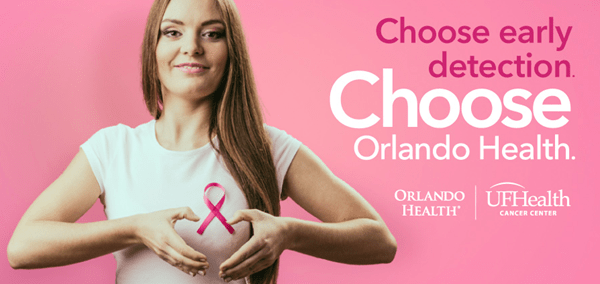Want to Reduce Your Breast Cancer Risk? Do These Three Things
1 in 8 women will eventually develop breast cancer in her lifetime, but a recent review of 119 studies by the American Institute for Cancer Research and the World Cancer Research Fund found there are three key ways to reduce your risk.
Maintaining a healthy weight, getting regular exercise and curbing alcohol consumption all can reduce your breast cancer risk, researchers said.
They say there’s strong evidence that vigorous exercise reduces the risk of breast cancer before menopause (the risk of the disease gradually increases after menopause); that being overweight as an adult increases the risk for postmenopausal breast cancer; and that consuming alcohol is “probably a cause of premenopausal breast cancer.”
The review also mentioned smoking as another risk factor for the development of breast cancer, which isn’t surprising considering studies have shown women who regularly smoke for at least 20 years have an increased risk of invasive breast cancer. Other research has indicated smoking increases the risk of breast cancer in younger women before menopause.
As far as the three lifestyle habits, the review found women who got the most exercise every day had a 13 percent lower breast cancer risk than those who got the least exercise. Those who were moderately active on a regular basis also reaped health benefits: they had a lower risk for breast cancer after menopause, which when the disease most commonly occurs. Women who did vigorous exercise on a regular basis also had a 17 percent lower risk of getting breast cancer before menopause compared to those who were least active.
Some of the studies the researchers reviewed showed a link between breast cancer risk and high alcohol consumption. Those who drank more had a higher risk than those who drank the least. Other research they reviewed indicated a 5 percent increased risk for breast cancer before menopause for every 10 grams of alcohol a day a woman consumed.
In terms of maintaining a healthy weight, some of the studies the researchers reviewed found a link between the development of postmenopausal breast cancer and adults who had higher amounts of weight gain compared to those who had the lowest amount of weight gain. The review found that a woman’s risk of breast cancer after menopause increased 12 percent for every 5-point increase in her body mass index (BMI) — a figure that signifies the amount of body fat you have relative to your weight and height. Researchers also concluded greater weight gain as an adult may be a contributing cause for postmenopausal breast cancer.
The review’s findings aren’t all that shocking. Maintaining a healthy weight, exercising regularly and limiting your alcohol intake are all good lifestyle habits you should practice in general. These habits also have been linked to good overall health. According to the American Cancer Society, women who drink two to five glasses of alcohol a day have an increased breast cancer risk, as do those who lead a more sedentary lifestyle and aren’t as physically active.
If you want to stay healthy, limit your alcohol consumption to no more than one drink a day, make time to exercise an average of 30 minutes a day (at least) and carefully monitor your weight, since excess fat tissue can increase levels of the hormone estrogen. Hormones have been linked to the development of breast cancer and tumor growth, so maintaining a healthy weight can help in multiple ways.
What the review of the data shows is that moderation is best. If you lead an overall healthy lifestyle, one drink periodically or an extra few pounds on the scale won’t significantly increase your risk. It’s about building healthy habits and sticking to them long term. Everyone should follow this practice anyway — reducing the risk of breast cancer is just an added incentive.
Reduce Your Risk of Breast Cancer
Breast cancer is the second most common type of cancer among women in the United States. However, with early diagnosis, breast cancer has a relative survival rate of better than 90 percent. Monthly self breast exams can help you be familiar with how your breasts normally look and feel.
Download a self-examination guide here


